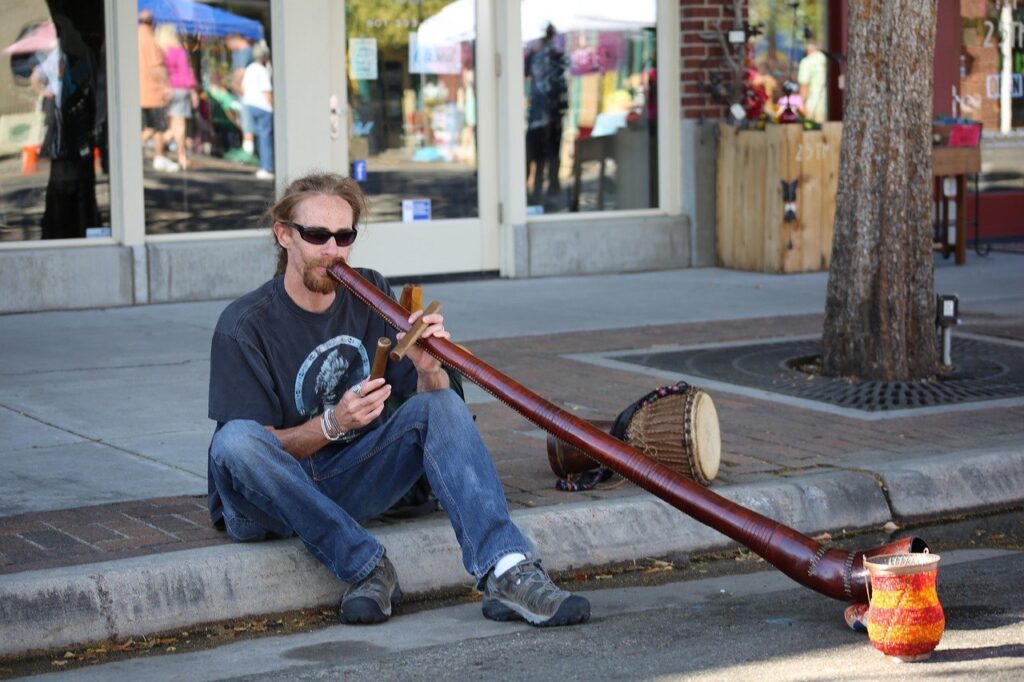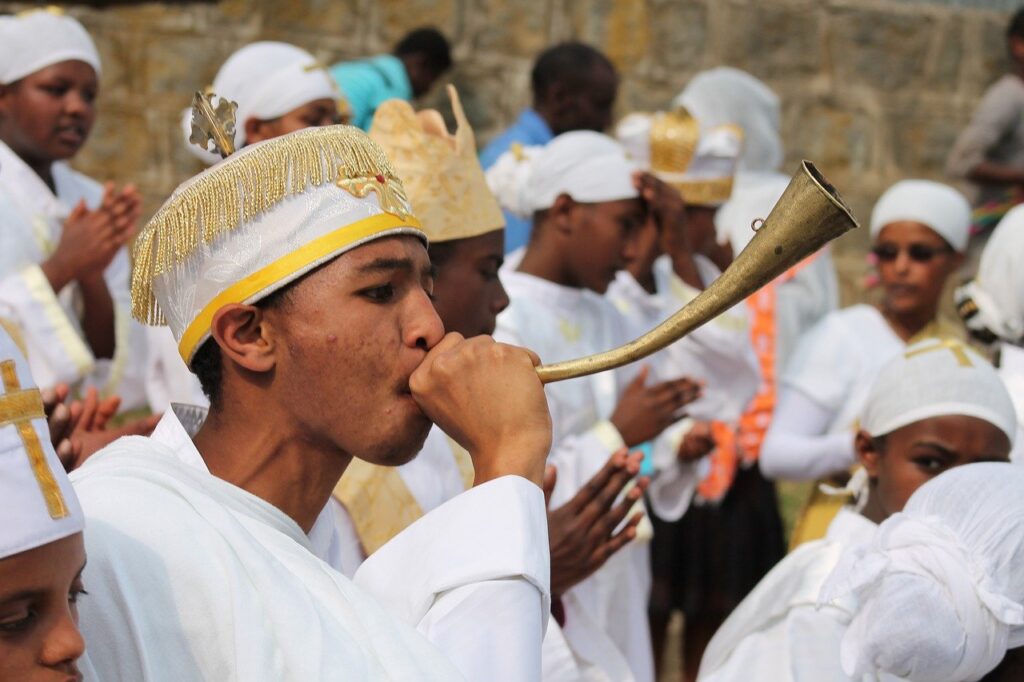Georgian folk music is a living yet ancient tradition. Most songs, both sacred and secular, are sung unaccompanied in three-part harmony, symbolically associated with the Trinity. Unlike western music, the Georgian scale is based on the fifth rather than the octave. There are considerable regional differences in singing styles, and some songs, particularly from the Caucasus Mountains in the north of the country, are known to date from pre-Christian times.
Singing is an essential component of Georgia’s legendary hospitality and comprises a major part of the Georgian feast or supra. A supra can last for several hours and will include long and eloquent toasts, each followed by an appropriate song. There is considerable interest in Georgian singing among the young people of the country and all the major choirs support youth choirs of a high standard, whose members keep the tradition going.
About Georgian Folk Music
The most distinctive feature of Georgian folk song is that it is polyphonic in its original folk context. Scholars believe Georgian folk song has been polyphonic for many centuries, perhaps even for a millennium or more. The vast majority of these songs are in three voice parts. Georgians are proud of their traditional polyphony, designated by UNESCO as a Masterpiece of Oral and Intangible Heritage of Humanity.
Georgian polyphony takes a wide variety of forms and regional varieties. Some songs use ornamented upper parts over a drone bass (e. g. Ts’int’sqaro): these songs are most prevalent in the eastern part of the country. Some polyphony is completely independent, with the three parts singing different melody, rhythm and text at the same time (e. g. Perad shindi): these are typical of the region of Guria in western Georgia. Other songs are homophonic, with text in all three parts generally moving at the same time (e. g. Mok’le shemodzakhili).
The homophonic approach is generally used in Georgian Orthodox liturgical music, a very rich and long-standing musical tradition now being revitalized in churches across Georgia.
Like folk songs from the rest of the world, Georgian songs are traditionally connected with events of daily life. There are work songs, laments, lullabies, songs about historical events or figures, ritual songs, healing songs, traveling songs, comic and dance songs. Table songs are a particularly important genre, with the tradition of the supra (feast) with an elaborate series of toasts and songs occupying a central position in Georgian traditional culture.



